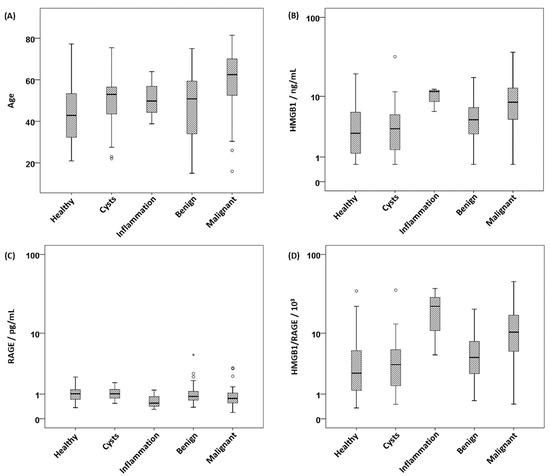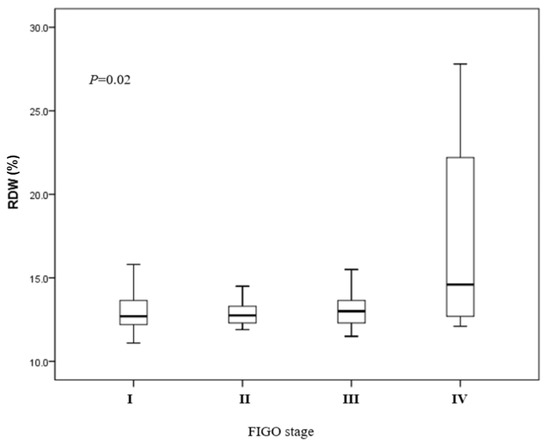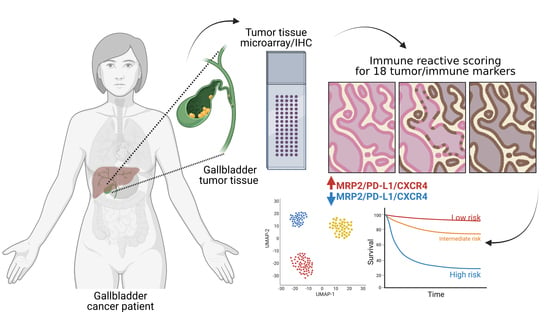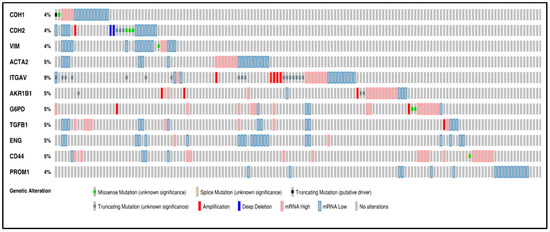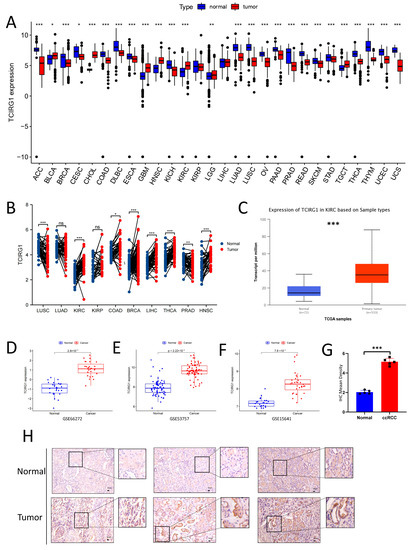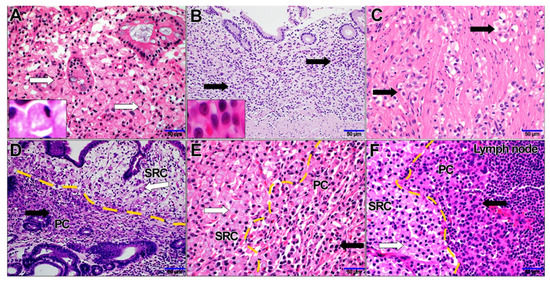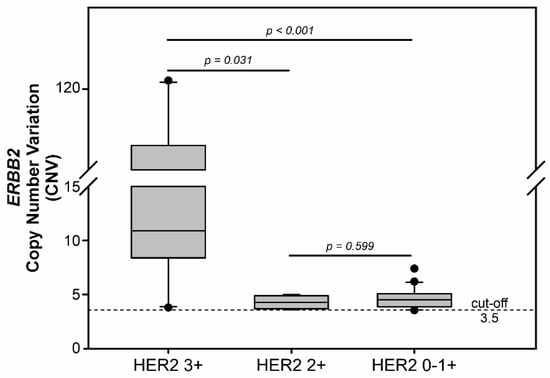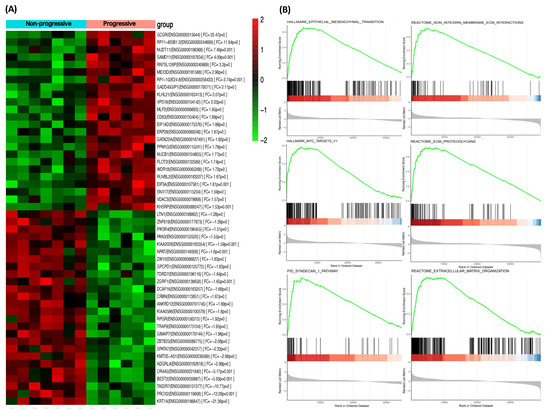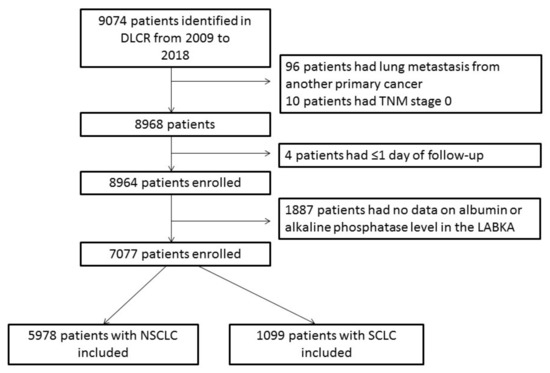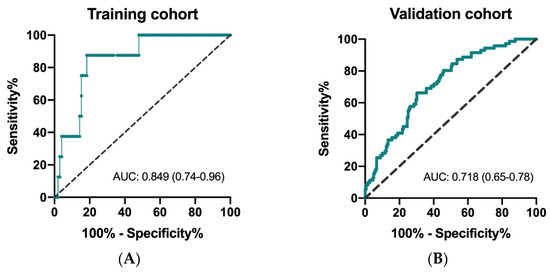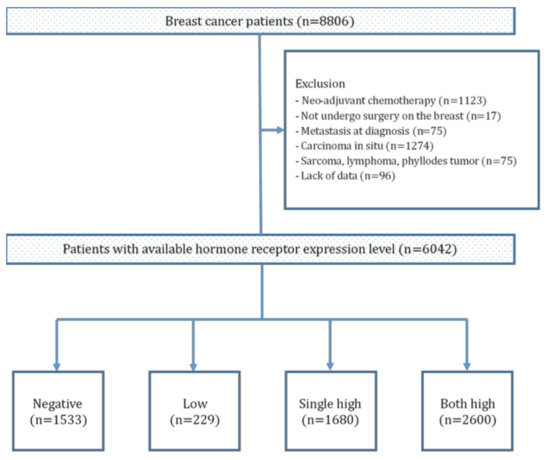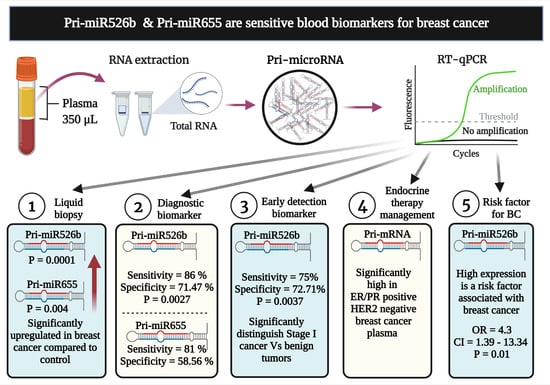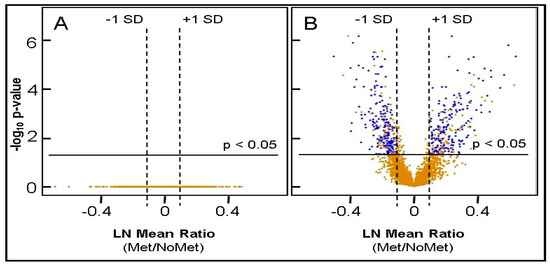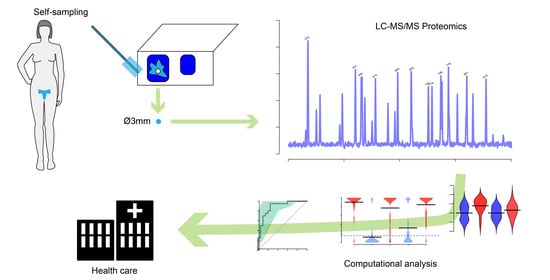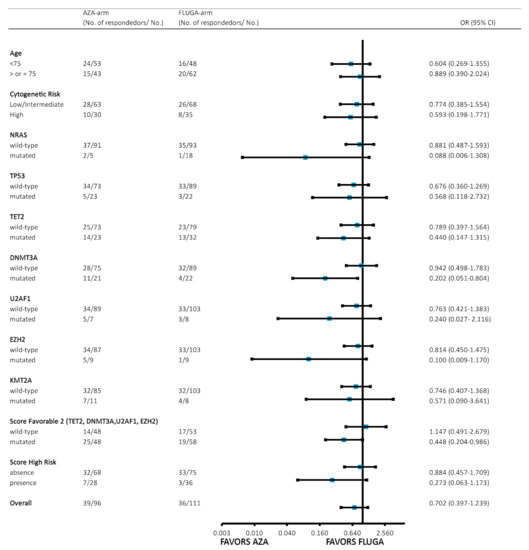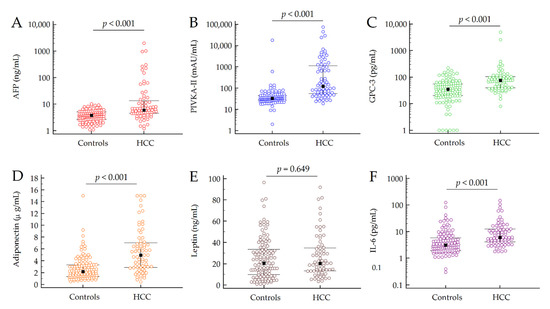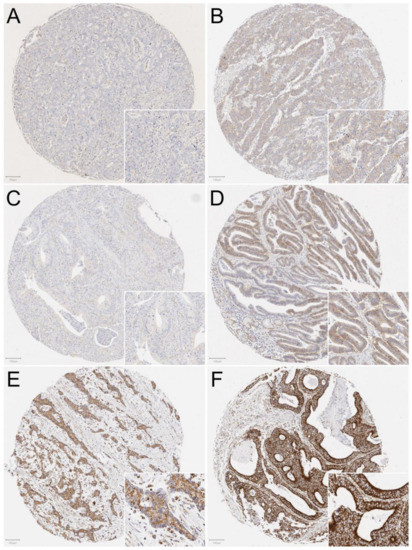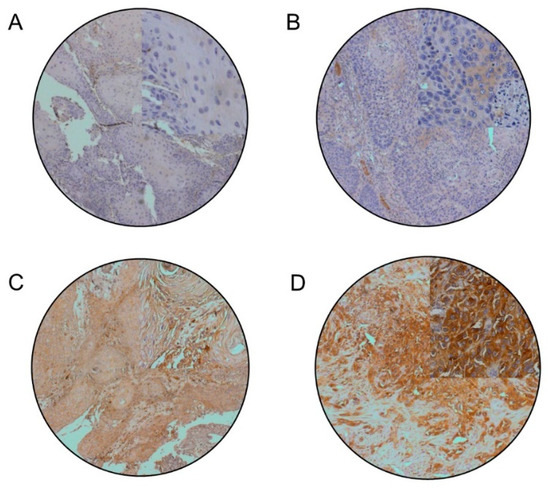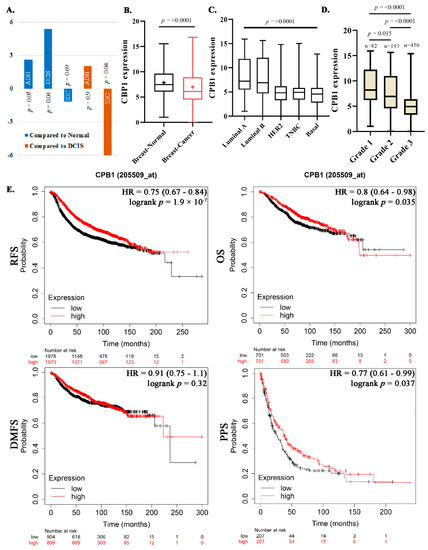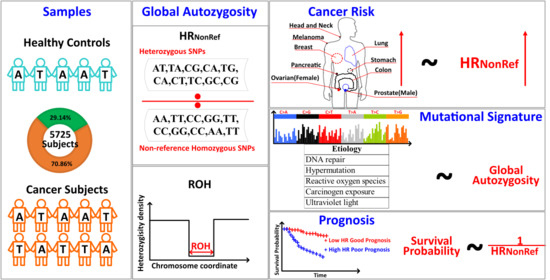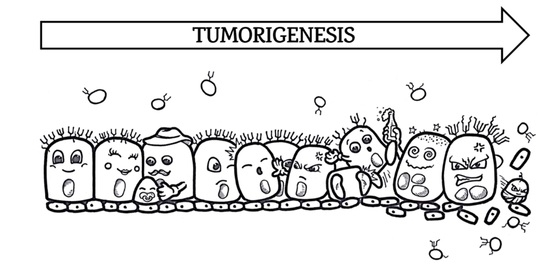The Biomarkers for the Diagnosis and Prognosis in Cancer (Closed)
A topical collection in Cancers (ISSN 2072-6694). This collection belongs to the section "Cancer Biomarkers".
Viewed by 157546Editor
Topical Collection Information
Dear Colleagues,
This Topical Collection is dedicated to cancer biomarkers, with a special emphasis on biomarkers obtained from biological fluids, such as blood, urine, stool, saliva, etc., also known as a liquid biopsy. Liquid biopsy has several advantages over tissue biopsy: it is rapid, non-invasive, represents the tumor in its entirety, and allows for the longitudinal evaluation of cancer evolution. Cancer biomarkers offer a broad range of biological analytes and molecules (proteins, nucleic acids, metabolites), as well as protein modifications (glycosylation and methylation), circulating tumor cells, exosomes, tumor-educated platelets, etc.
Biomarkers have many potential applications in oncology, including estimating the risk of disease, screening for occult primary tumors, distinguishing benign from malignant disease, determining prognosis/prediction for cancer patients, and monitoring the status of the disease, either to detect recurrence or to determine the response or progression to therapy. Circulating biomarkers offer an opportunity for the understanding of tumorigenesis and metastasis, which could provide an insight into the evolution of the tumor dynamics during treatment and disease progression.
In this Topical Collection, we will highlight the current state and recent discoveries in the field of cancer biomarkers.
Prof. Dr. Anna E. Lokshin
Collection Editor
Manuscript Submission Information
Manuscripts should be submitted online at www.mdpi.com by registering and logging in to this website. Once you are registered, click here to go to the submission form. Manuscripts can be submitted until the deadline. All submissions that pass pre-check are peer-reviewed. Accepted papers will be published continuously in the journal (as soon as accepted) and will be listed together on the collection website. Research articles, review articles as well as communications are invited. For planned papers, a title and short abstract (about 100 words) can be sent to the Editorial Office for announcement on this website.
Submitted manuscripts should not have been published previously, nor be under consideration for publication elsewhere (except conference proceedings papers). All manuscripts are thoroughly refereed through a single-blind peer-review process. A guide for authors and other relevant information for submission of manuscripts is available on the Instructions for Authors page. Cancers is an international peer-reviewed open access semimonthly journal published by MDPI.
Please visit the Instructions for Authors page before submitting a manuscript. The Article Processing Charge (APC) for publication in this open access journal is 2900 CHF (Swiss Francs). Submitted papers should be well formatted and use good English. Authors may use MDPI's English editing service prior to publication or during author revisions.
Keywords
- biomarkers
- cancer
- liquid biopsy
- early detection







